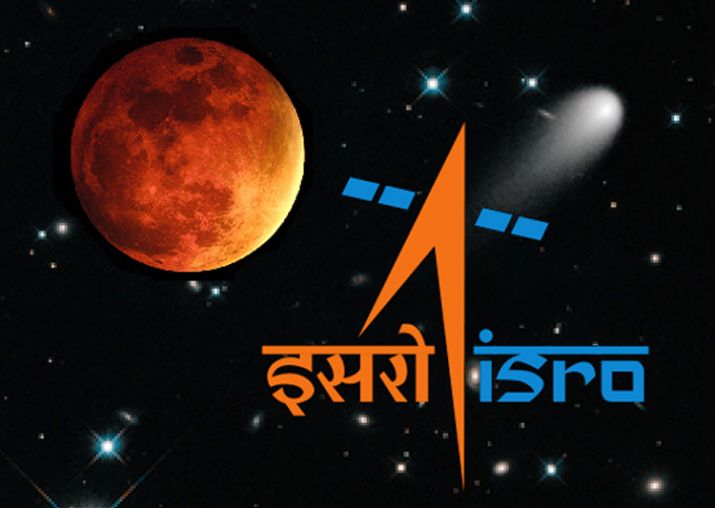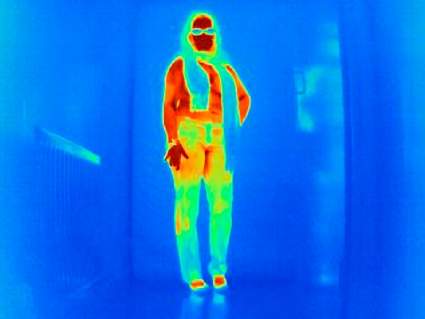India’s quest to establish a robust, precise, and secure regional satellite navigation system called NavIC is progressing steadily. This indigenous system aims to surpass the widely used US government-owned Global Positioning System (GPS), which has become deeply ingrained in our everyday commuting experiences.
A major milestone was achieved on Monday as ISRO successfully launched NVS-01, an advanced second-generation navigation satellite that operates across L1, L5, and S bands. The Indian Space Research Organisation envisions a future where mobile phones in India will predominantly feature NavIC-enabled chipsets, potentially replacing the reliance on GPS.
Securing spectrum allocation for the L1 band was a significant accomplishment for India after a 15-year struggle. The L1 frequency, which had long been monopolized by the US, serves as a vital civilian frequency for Position, Navigation, and Timing (PNT) services. It also enables interoperability with other Global Navigation Satellite Systems (GNSS).
The GSLV rocket, equipped with a cryogenic upper stage, flawlessly launched the navigation satellite. Following a meticulous 27.5-hour countdown, the 51.7-meter-tall Geosynchronous Satellite Launch Vehicle took off from the second launch pad at Sriharikota, approximately 130 km from Chennai, at 10.42 am. Just shy of 20 minutes after liftoff, the rocket precisely placed the 2,232 kg satellite into its intended Geosynchronous Transfer Orbit (GTO). ISRO Chairman S Somanath confirmed plans to augment the NavIC system by deploying four additional satellites.
India’s pursuit of NavIC showcases its commitment to establishing an advanced regional satellite navigation system, reinforcing self-reliance and technological prowess in this domain. With further advancements and the addition of more satellites, NavIC is poised to offer enhanced navigation services and augment the country’s technological achievements.
- our correspondent






